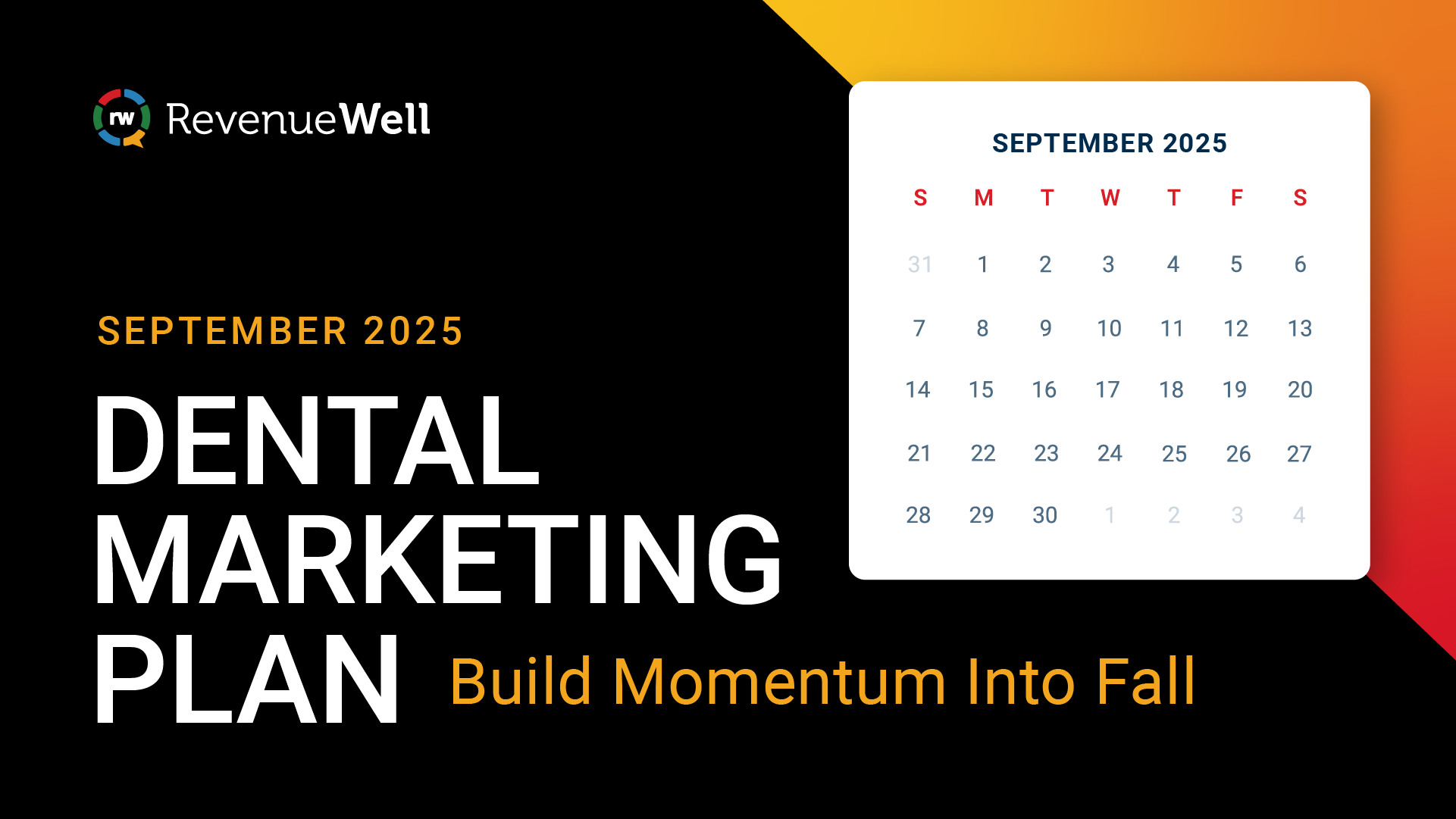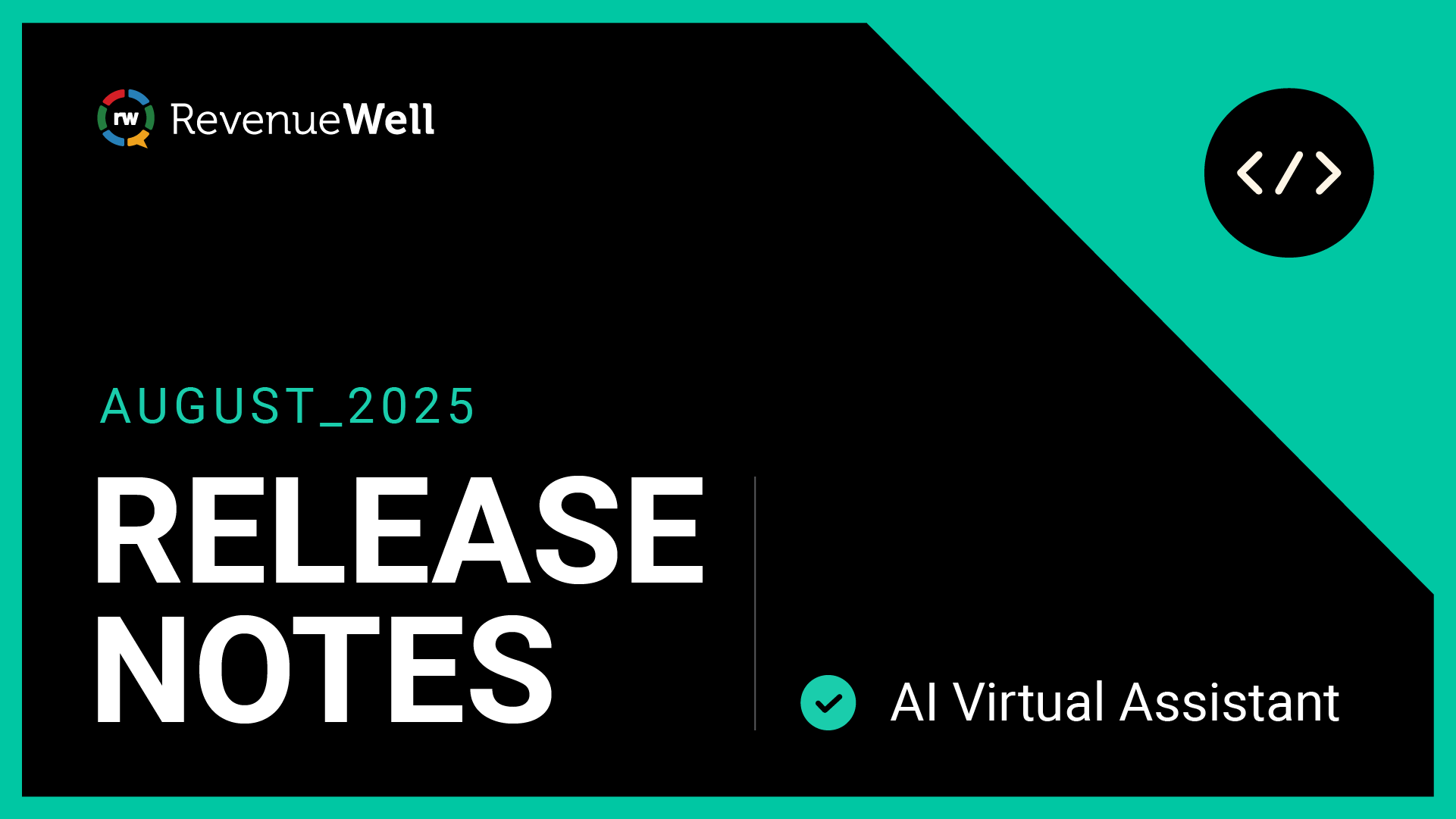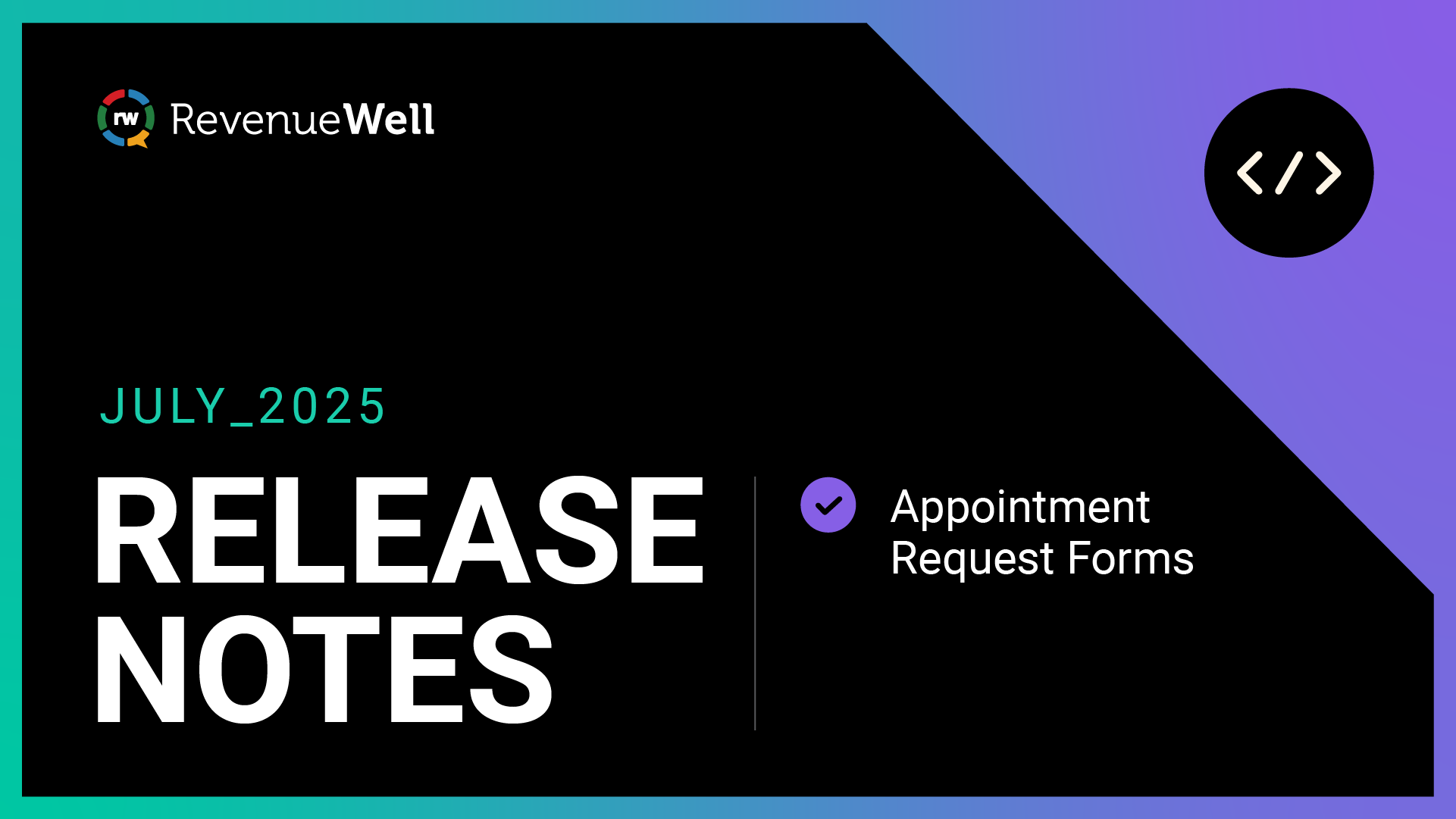Dental Marketing 101: Running Twitter Ads

While Twitter ads are less commonly used than Facebook ads in dental marketing (and sometimes for good reason), their unique targeting abilities make it possible to reach new patients like no other platform.Dental marketing is booming with online advertising options. From Facebook and Instagram Ads to Google AdWords and Yelp Ads, there is a lot to consider.One platform often overlooked in this pay-per-click world is Twitter.If your dental practice has been on Twitter long enough, odds are you’ve seen the option to advertise.This has many dentists wondering whether Twitter ads are worth it for dental practices.The short answer: They can be.This guide to Twitter Ads will walk you through a few basics, provide tips on how to start your first campaign, and help you decide when and how to use the platform to grow your practice.
What you need to know about Twitter ads
At a high level, Twitter ads can function to introduce your practice to new patients, increase your Twitter following, promote special offers, and make it easier for patients to connect with you.All of this depends on the goals you set for your campaign.Like Facebook ads, Twitter ads work on a bidding system. This means that there is no set cost, and you are competing with other practices and businesses for ad space.This “ad auction” system lets you bid on an audience and an action you want them to take.One good thing about Twitter ads is that you only pay when users take the specific actions set up in your campaign objective.The downside is that Twitter ads almost always end up costing more than Facebook.Studies show that Twitter will get you slightly more ad clicks, but less engagement than on Facebook.As with most parts of the internet, you are paying to play.It is also worth keeping in mind that Twitter’s reach is smaller than other social media sites. Roughly 330 million people are on Twitter compared to Facebook’s 2 billion.This can be an advantage if your patients are active on Twitter. However, if your demographics hover in the 50-70 age range, consider using Twitter ads to primarily engage with other dental professionals.
Different types of Twitter ads
While there are endless ways to customize your ad, Twitter lays out three overarching ad options to choose from.
Promoted tweets
These are normal tweets that you pay to display at the top of users’ feeds and searches.You can promote the tweets to appear to people who are not already following you or to specific lists of targeted followers.When tweets are promoted, they can also be targeted to the Twitter mobile app.Promoted tweets are a great way to boost a tweet that is already performing well.You can also use them to capitalize on an exciting promotion or update from your practice.
Promoted accounts
Promoting your account puts your practice in the suggestions of “Who to follow” on the homepage's right side.This type of promotion is the most straightforward way to help patients find you.It also has a pretty high success rate. According to a recent study, 85% of people claim that promoted accounts helped them find new businesses on Twitter.
Promoted trends
These ads use the trending topics section, or “Trends for you,” on the left side of the homepage to promote specific hashtags.When a user clicks on the hashtag, they will be sent to a list of organic search results with your tweet at the top of the list.Promoted trends can work for dentists on specific holidays like National Dentists Day. They're also great around trends like back to school season.Keep in mind that you are always competing with other ads for these spots.Find a sweet spot where you can “win” the audience with hashtags that are trending, but not overwhelmingly popular.

How to set up a Twitter ad
- Log in to your Twitter account
- Click on your profile picture at the top right of the homepage and select “Twitter Ads” You can also use this link to go directly to the ads page and select “Go to Twitter Ads”
- Select your campaign objective.
- Set the following:
- Budget
- Pacing (time of day your ad runs)
- Start and end dates
- On the next screen you can set an “ad group” NOTE: Ad groups are optional. However, they help organize multiple campaigns and manage the tweets within the campaigns.
- Continue following the prompt screens to select the following:
- Tweets you want to promote
- Your targeted audience,
- Ad placements
- Complete and review your campaign
- Place your order!
When it comes to audiences, Twitter lets you create specific lists, specify demographics (age, gender, location, device type), and define audience features.This is where Twitter ads really stand out. With highly-specific keywords and the ability to target lookalike audience, the ads can be highly effective at reaching specific patients.
When and how Twitter ads can benefit your practice
Remember that strategy is everything when running Twitter ads for your dental practice.Because the cost is generally higher than other ad platforms, it pays to do your research and define your specific target audience.If you are still unsure whether Twitter ads are right for your practice, here are a few cases in which Twitter ads can be successfully used:
Millennial patients
If your patients are younger and active on social media Twitter is for you.Forty percent of Twitter users fall between the ages of 18 and 29.If a good portion of your patients fit into this range, promoting your brand and services on Twitter could be highly profitable.
Short-term promotion
Consider Twitter if you are a small practice running a promotion or short-term marketing campaign.While it is always a good idea to test the efficacy of an advertising platform over long-term periods, if you are trying to promote a special offer, like an ultimate smile makeover giveaway, promoting a tweet can help create some buzz.
DSO
Large practices and dental service organizations are great for Twitter.The bigger your audience, the better your chances of Twitter ad success.
You're a KOL
You already have a highly-engaged Twitter following.Because you are able to create lists and target your own followers, having a strong following makes it easy to market special offers and updates.
Dental conferences
Any large dental gathering is a great time to try using a Twitter ad.Because there will be a lot of natural buzz and trending topics, you can promote a hashtags to increase the visibility of your tweets.
Are Twitter ads worth it?
Ultimately, Twitter ads are an invitation to get creative with the fast-moving social media platform and develop your online brand.While Twitter will not likely be your primary strategy for advertising, it can be an incredible tool to use depending on the size and goals of your practice.Twitter may not be the most sustainable platform if you use it by itself. However, folding supplementary Twitter ads into your marketing budget will give you a more well-rounded marketing strategy.By using the aforementioned tips, you will now have a better idea of how to navigate the platform and start adding Twitter ads into your dental marketing strategy.

Learn more about how RevenueWell improves case acceptance and creates more close-knit relationships between dentists and their patients.




